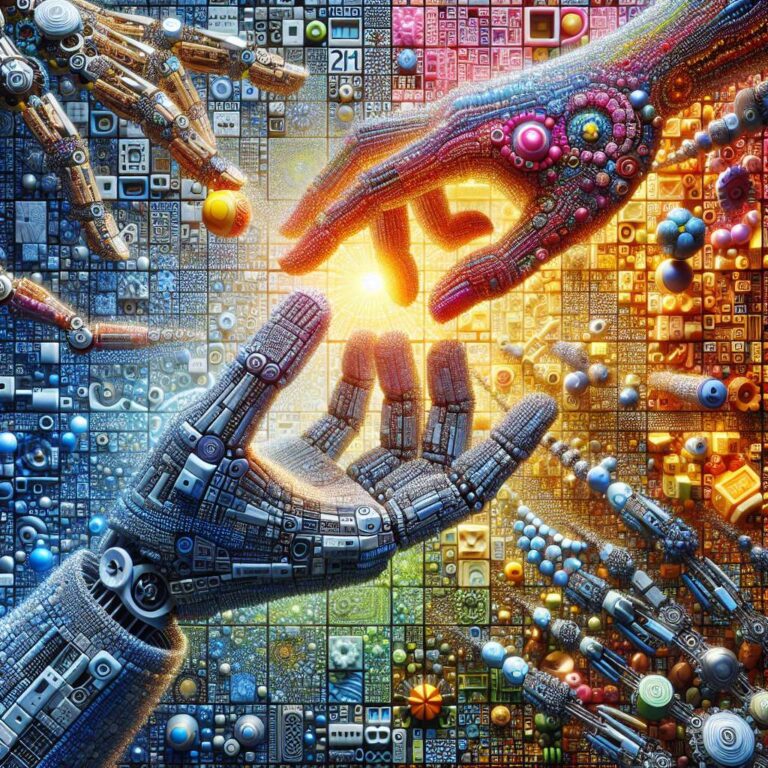The past several months have seen a surge in unconventional advances across computers, mathematics, and Artificial Intelligence. Studies reveal surprising effects, such as large language models’ impact on employment. Contrary to public fears, research tracking two decades of German workforce data found no evidence that widespread Artificial Intelligence adoption is causing declines in worker satisfaction or mental health—in fact, some measures of work quality have improved. Yet, these language models also come with environmental costs: every query issued to generative models like ChatGPT produces carbon emissions, with some models emitting up to 50 times more CO2 per query than others, underscoring the importance of sustainable development in computation.
Academic and corporate labs have also proposed creative solutions for major industrial challenges. Artificial Intelligence systems in Switzerland are now generating low-carbon cement recipes by simulating and optimizing thousands of ingredient combinations, accelerating sustainable construction. Meanwhile, robotics research has taken a leap into the tactile: a new soft, flexible skin imbues machines with the ability to sense heat, pain, and pressure, bringing robots closer to human-like perception. Engineers have also unveiled a robot dog that seamlessly moves across land and water, reimagining unmanned exploration and rescue robotics.
Mathematical and quantum research is breaking new ground, including the creation of high-temperature superfluorescence materials and clever new number sequences that solve algebraic problems previously considered impossible. Scientists have introduced wearable, non-invasive ´electronic tattoos´ that use brainwave decoding to monitor mental strain discreetly. Quantum scientists are refining methods for visualizing and selecting the optimal materials needed for fault-tolerant quantum computing, while others have developed a one-pixel camera capable of recording three-dimensional holographic movies and imaging beyond the visible spectrum. Across all these bizarre advances, a recurring theme emerges: as technology blurs the boundaries between biology, computation, and energy, today´s most offbeat discoveries often hint at tomorrow’s new normal for computing, sensing, and interacting with the world.

